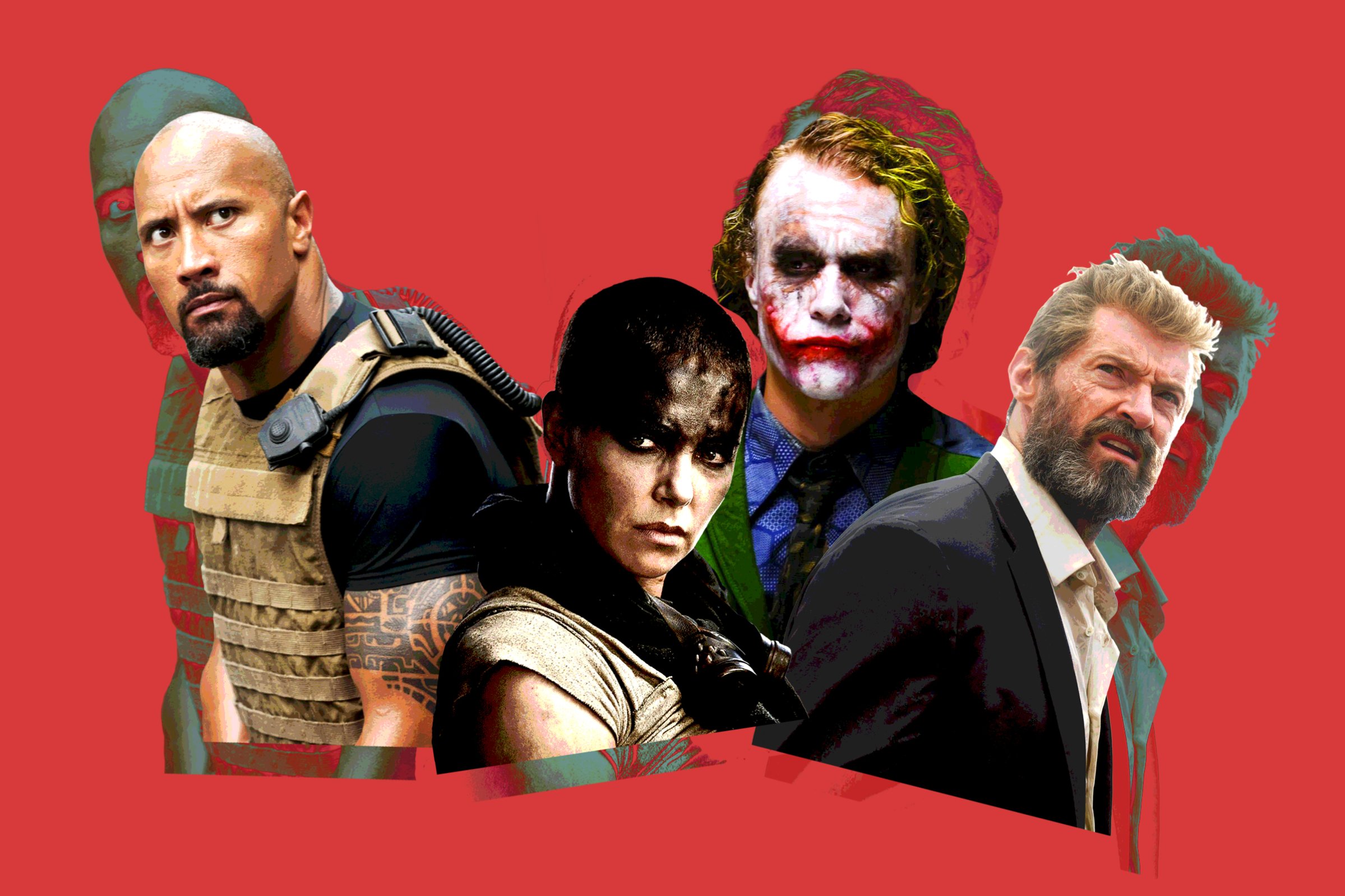
This list was originally published in 2018 and updated in 2022.
Crafting a good sequel can be daunting. The filmmaker must top the previous movie or in some cases redeem a flagging franchise. Often screenwriters fall back on rehashing old plot points, and studios assume “bigger is better” when it comes to budget and effects.
And yet some of the greatest films ever made are sequels: Movies like The Dark Knight, The Godfather Part II, Toy Story 3, The Empire Strikes Back and The Good, the Bad and the Ugly consistently appear on all-time best lists. Sequels that are better than the original build on what the audience already knows and loves about the franchise’s characters. Perhaps the movie throws the hero into a daunting situations that challenges their beliefs or forces them to evolve. Maybe the movie infuses humor in a traditionally tragic series or poignancy in a historically comedic franchise.
Such tricks can elevate a successful sequel that tops its predecessor. Here is a list of sequels we deemed better than the original.
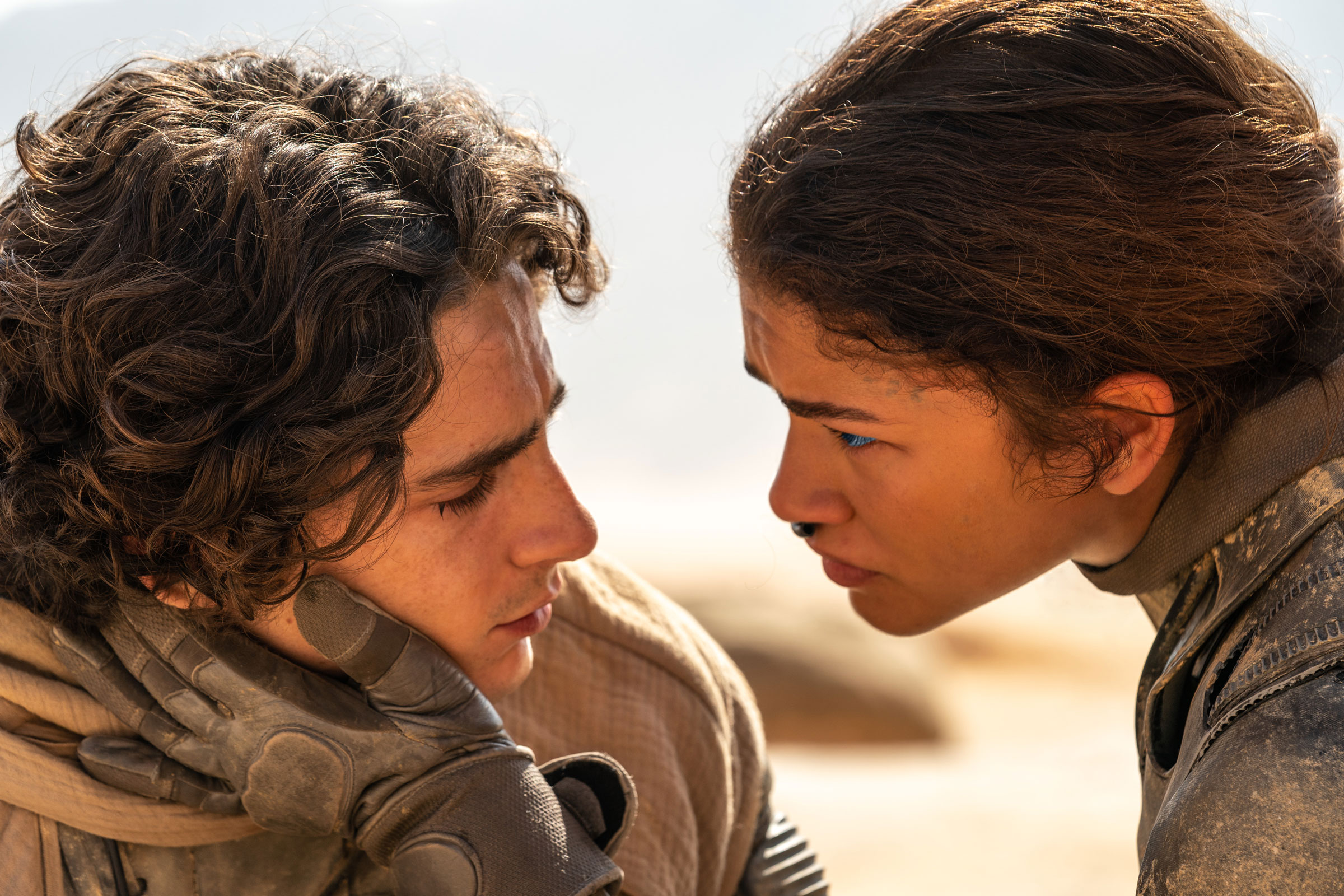
Dune: Part Two (2024)
Denis Villeneuve’s first Dune movie had to do quite a bit of scene-setting. Frank Herbert’s 1965 sci-fi epic is complex, and Villeneuve wisely broke up the first book so as not to jam too much information into a single film. Still, despite great performances from the likes of Timothée Chalamet and Oscar Isaac and wondrous action sequences involving floating space soldiers, the first installment can play a bit slow. Not only does the action pick up in Dune: Part Two, but the actors imbue their roles with a little more personality. Zendaya, nothing but a vision in a dream in the first film, grounds the movie as a flesh-and-blood love interest skeptical of the mythology surrounding her lover. Javier Bardem finds genuine laughs from the self-serious sci-fi epic, Rebecca Ferguson finds disturbing dimensions to her role as the mother of the maybe-messiah, and Austin Butler commits fully to his role as a deranged, eyebrowless baddie.
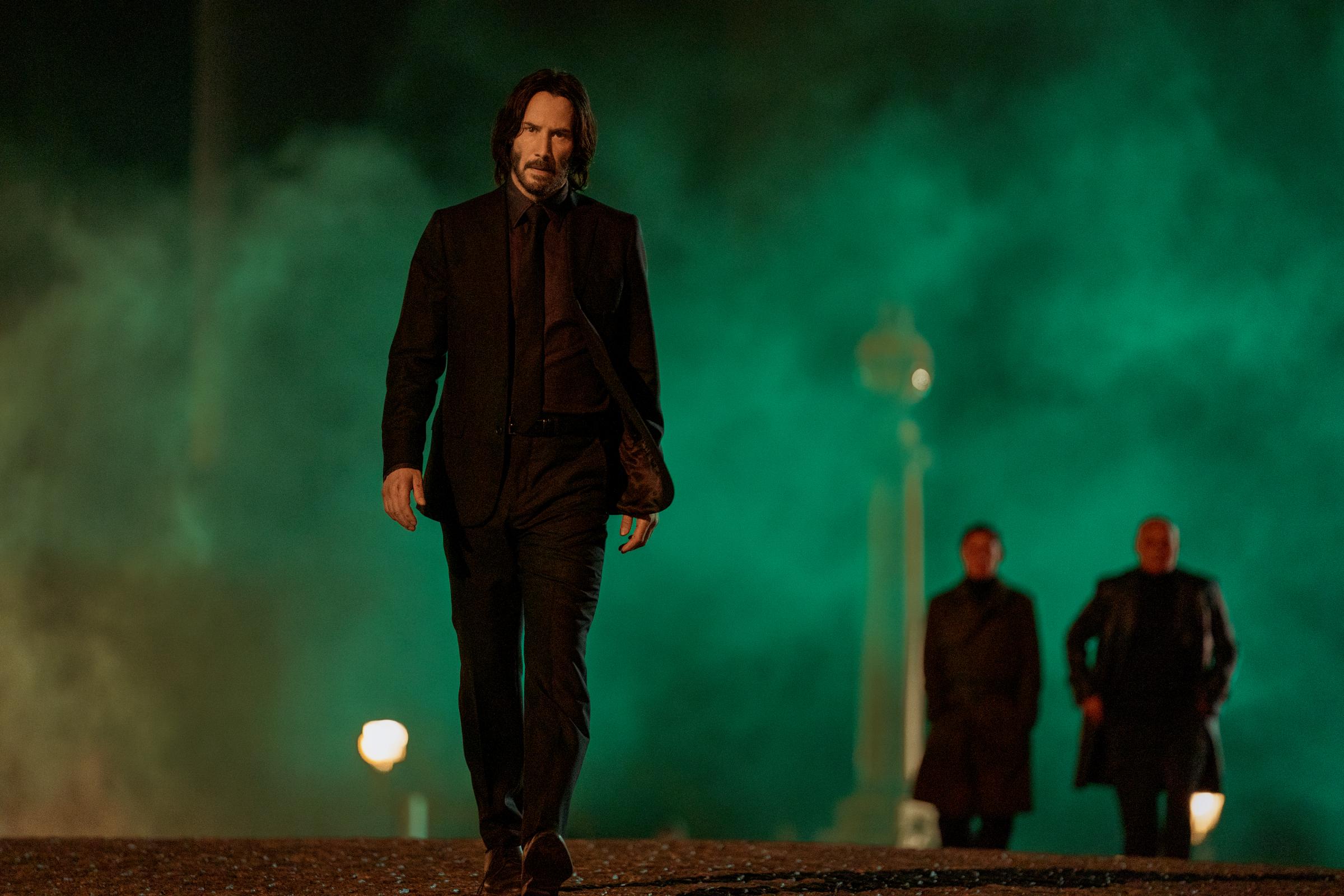
John Wick: Chapter 4 (2023)
John Wick’s original charm lay in its simple premise: Bad guy kills puppy; good guy goes on a murderous rampage to avenge the puppy’s death. Each new John Wick installment delved deeper into the lore of Wick’s world: We learned about a guild of assassins and the fancy hotels where they lay down their guns when they need a break. The ever-evolving rules of assassindom could get tiresome, but audiences’ affection for Keanu Reeves grew, culminating in an emotional (supposedly) final installment in the series with Chapter 4. John Wick: Chapter 4 is also a feat of stunt work. Any one of several spectacular set pieces could enshrine this franchise in cinematic history, but we’re partial to the stair fight.
Puss in Boots: The Last Wish (2022)
The third installment in the Puss in Boots series breathes new life into the decades-old franchise, originally a Shrek spinoff. The film begins with a bacchanal centered on the reckless, swashbuckling Puss (Antonio Banderas). Soon Puss finds out he’s on the last of his nine lives and must undergo some radical lifestyle changes if he hopes to survive. But it’s the new animation style that will entrance audiences. The animator completely rethought the look of the Puss in Boots franchise between installments. Taking a cue from the Spider-Verse animated movies, the Last Wish creators adopted a painterly style filled with rich colors that breaks from the rest of the Shrek cinematic universe and lends itself to Puss’ fairytale world.
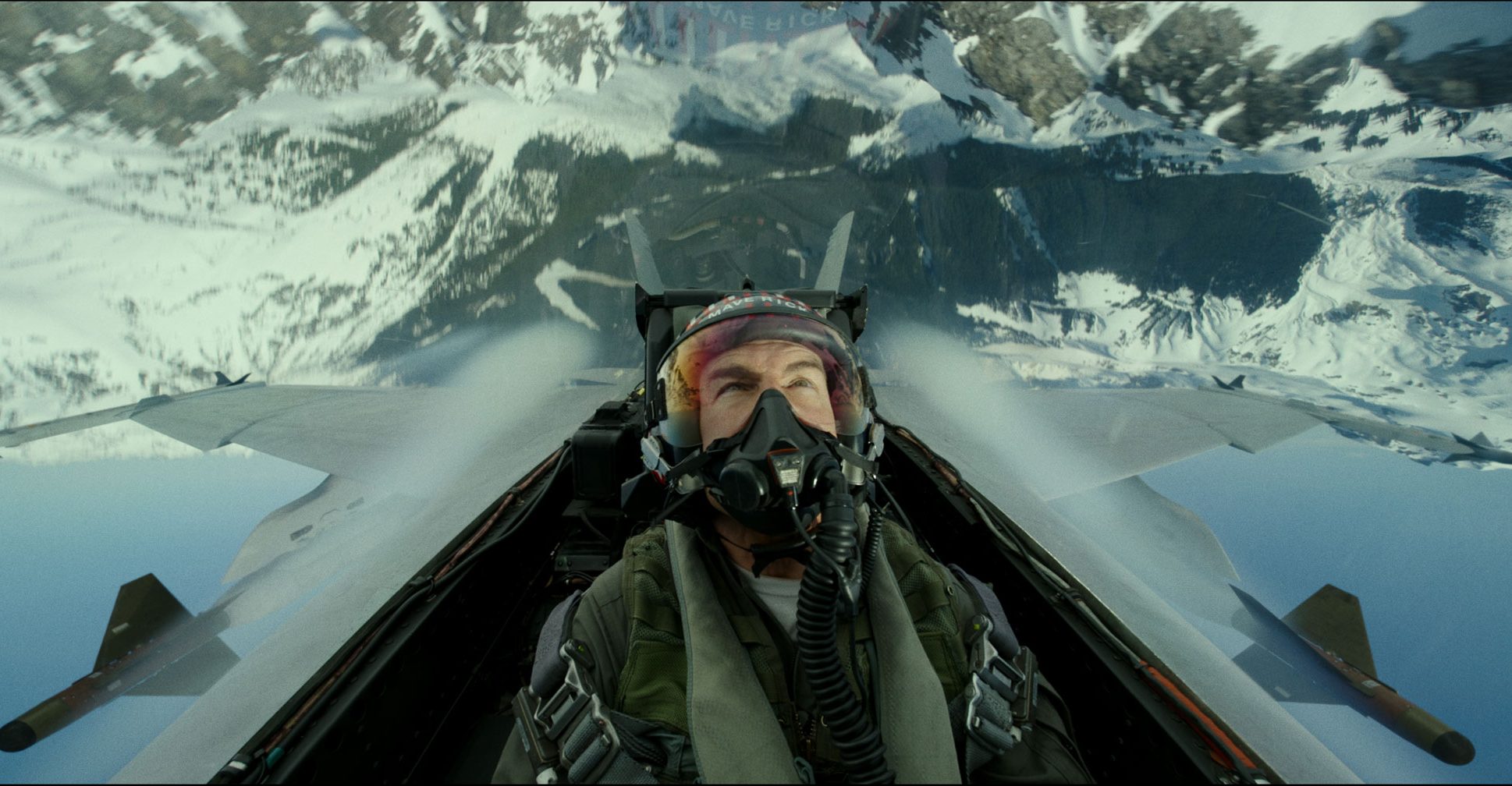
Top Gun: Maverick (2022)
Top Gun is a classic, but the souped-up Top Gun: Maverick felt miraculous at a moment when almost every other action flick devolved into a CGI morass by its final fight. Tom Cruise, impressively or notoriously, depending on your perspective, performed his own stunts and insisted on the rest of the cast (including Miles Teller and Glen Powell) learning to fly fighter jets too. The dedication paid off. He produced a film that felt like a throwback to the blockbusters of yesteryear and happened to land just as we emerged from pandemic lockdowns, desperate for a fun summer romp. And unlike its macho 1986 predecessor, best known for that volleyball scene, Maverick offers a bit of meta-commentary on Cruise’s public persona as an actor. Maverick, like Cruise, must battle against both aging and advances in technology to prove his worth.
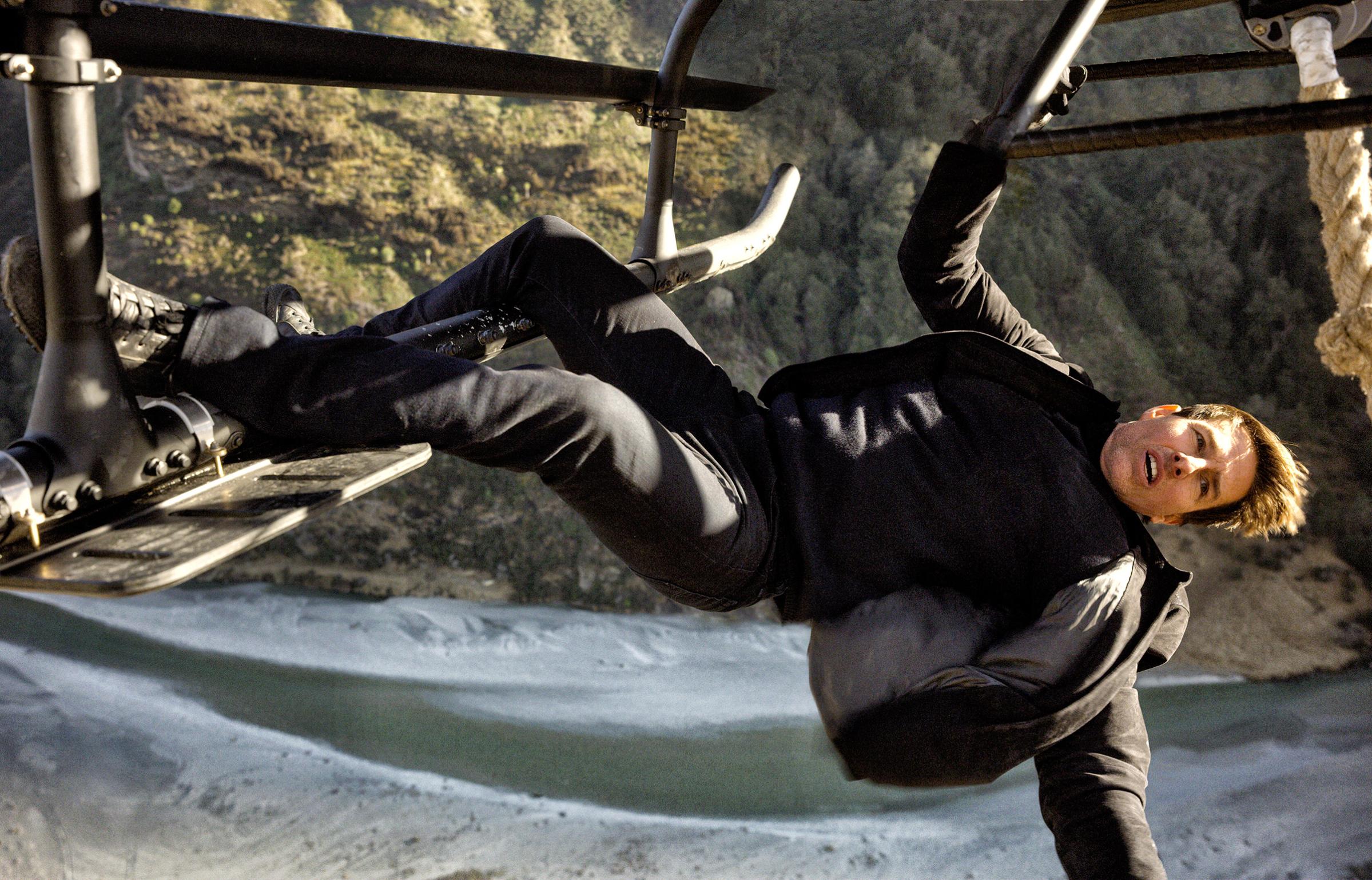
Mission: Impossible—Fallout (2018)
Some argue that the first Mission: Impossible (1996), a taut spy thriller directed by Brian de Palma, is the standout of the series. Others favor Ghost Protocol, Brad Bird’s gravity-defying movie that resurrected the franchise in 2011. But longtime Tom Cruise collaborator Christopher McQuarrie seems to know the star’s strengths best: Fallout offers jaw-dropping stunts, rendered all the more charming by Cruise’s willingness to occasionally stumble while performing them.
Paddington 2 (2018)
Paddington delighted critics in 2015. But Hugh Grant, who plays Phoenix Buchanan, carries Paddington 2 to new heights. Grant leans into the public’s perception of him as a narcissist to play a perfectly villainous actor who wants to thwart Paddington’s plans. And in this outing, Paddington, an immigrant who fights discrimination with decency and marmalade, becomes a poignant symbol of acceptance. As one critic wrote, “Paddington 2 is the Godfather Part II of Peruvian Bear movies.”

Thor: Ragnarok (2017)
The first Thor movie, released in 2011, was a decent but not particularly enthralling superhero film. Many critics dubbed the second one, which came out in 2013, the worst of the many Marvel movies. Let’s face it: the Norse God was a bore. His self-seriousness and faux-Shakespearean accent didn’t help. Enter Taika Waititi, an indie director with a quirky voice and a determination to showcase Chris Hemsworth’s comedy chops. Most superheroes wouldn’t risk being this delightfully weird. But the third Thor movie strips the superhero of all his courtly grandeur—as well as his long locks—and is all the better for it.
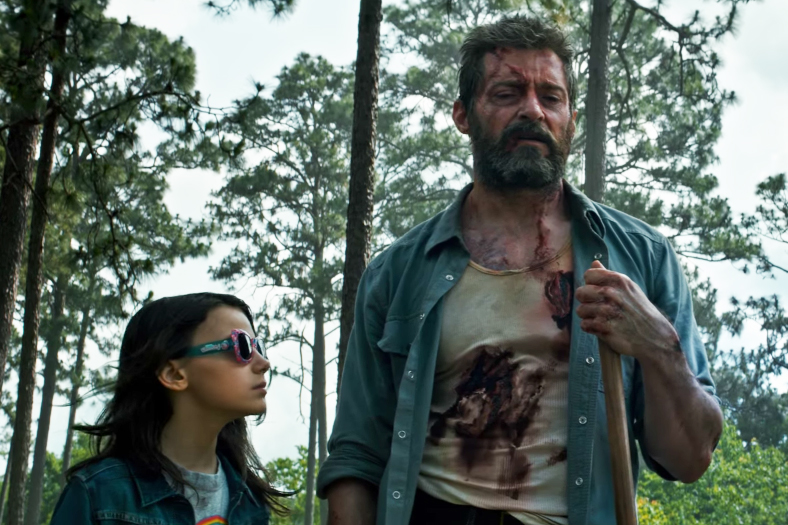
Logan (2017)
The first two Wolverine movies are among the worst in the X-Men canon. Hugh Jackman’s character continued to appear in X-Men movies, but avoided another standalone film. But James Mangold salvaged the series when he decided to go raw and gritty with the R-rated Logan. The movie managed to return to the true roots of the franchise—how to embrace what makes you different even in the face of persecution—in a new political context (Wolverine helps his vicious mini-me Laura literally run for the border.) The risk paid off, and Logan was nominated for Best Adapted Screenplay at the 90th Academy Awards, becoming the first live-action superhero film in that category. Logan was a fitting end for a troubled Wolverine trilogy—although its success has Jackman mulling a return to the franchise.
Mad Max: Fury Road (2015)
Mad Max: Road Warrior (1981) upped the thrill of the original Mad Max (1979). But director George Miller truly outdid himself with his latest excursion into a post-apocalyptic world, Fury Road. It’s unclear whether Fury Road is a sequel or a reboot. But the movie is the best the series has to offer. Updates in technology make for thrilling action sequences, and a surprising focus on feminist issues gave the film more meaning than the average summer popcorn flick. The real standout here is Charlize Theron’s Furiosa, an instant icon. The movie won six Oscars and was even nominated for Best Picture and Best Director—a rarity for a summer popcorn flick.

Captain America: The Winter Soldier (2014)
Joe and Anthony Russo, now stewards of the Infinity War movies, cut their teeth on the second Captain America film. Captain America: The First Avenger was a solid origin story that grossed more than $370 million at the worldwide box office. But for the sequel, the Russos took the Cap out of his comfort zone by pitting the poster boy for truth and justice against the government he once revered. Channeling heroes from 70s thrillers like Three Days of the Condor, Chris Evans’ Captain America has never been more conflicted or better in action sequences. The success of Winter Soldier even won the Russo brothers the right to helm Captain America: Civil War and the Infinity War movies.
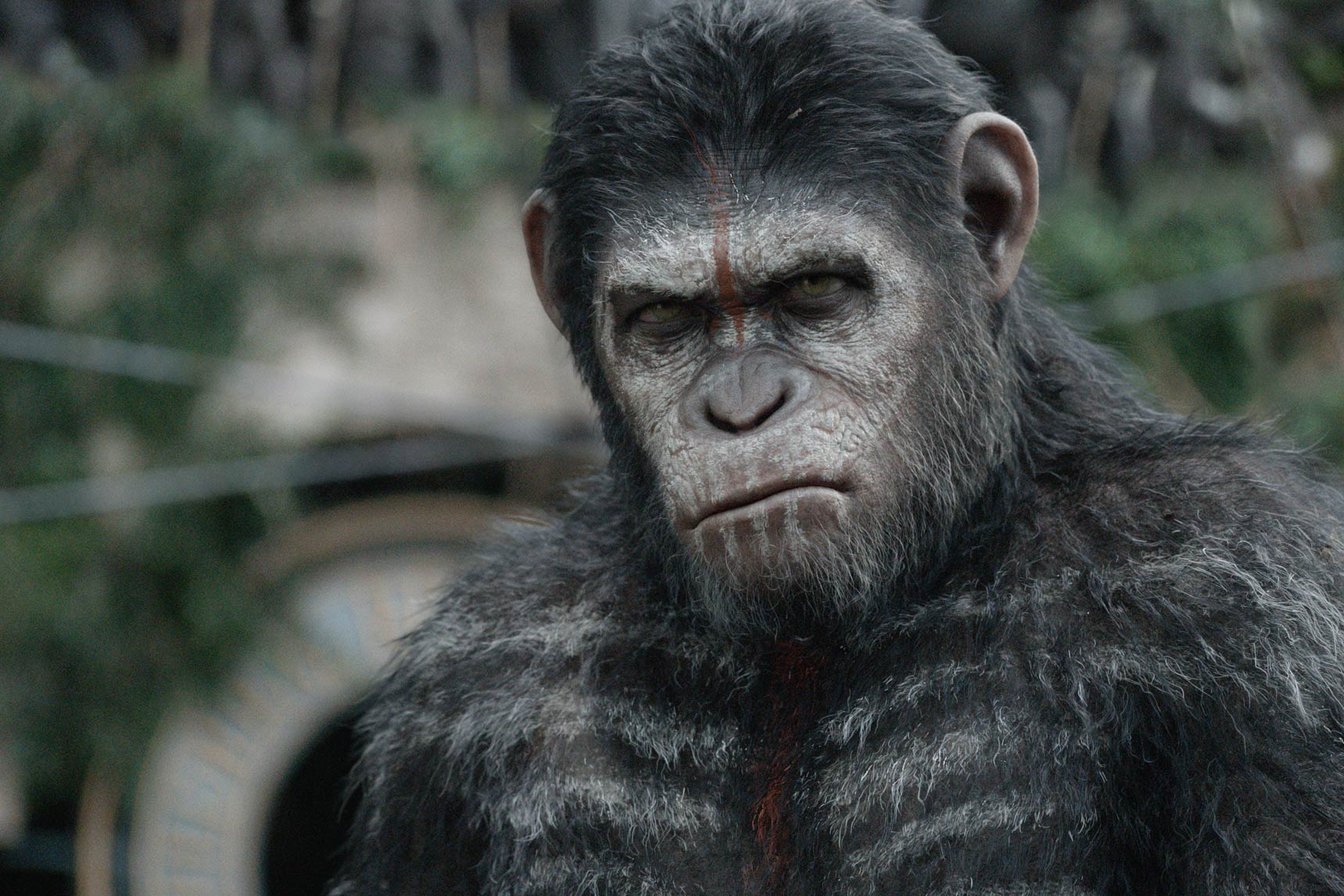
Dawn of the Planet of the Apes (2014)
Dawn of the Planet of the Apes is the most emotionally gripping, and arguably most philosophical, of the many Apes movies—including the the 1968 original. Director Matt Reeves builds a stunning and believable settlement for the apes with an educational system and distinct architecture to boot. Reeves also hones in on Andy Serkis’ moving performance as Caesar, a benevolent primate who struggles with both inter-ape and ape-human politics. The movie’s heart is bigger than that of any of its predecessors.

How to Train Your Dragon 2 (2014)
Debuting four years after the original, How to Train Your Dragon 2 proved more beautiful and more emotionally resonant than How to Train Your Dragon. Critics raved about how animators mastered the languid, hypnotizing movements of flight for the dragons and dancing for the humans. The movie also introduces an ice castle that doubles as a dragon sanctuary and puts the Frozen palace to shame. And while the battle sequences are bigger, the movie thrives when it dares to pause for quieter moments, like the romance between Cate Blanchett’s Valka and Gerard Butler’s Stoick.
Before Midnight (2013)
Before Sunrise, the first movie in Richard Linklater’s Before trilogy starring Ethan Hawke and Julie Delpy, had the perfect ambiguous ending. So why make a sequel? Despite the skepticism, the follow-ups, Before Sunset and Before Midnight, work beautifully. Linklater’s ingenious conceit to return to the same relationship every nine years captures how romance grows and changes, for better or worse. And with each installment, the series matures. Linklater, Hawke and Delpy—who write the scripts together—manage to capture how as the couple ages, they encounter more real-world problems. The most recent installment, set 18 years after the original, is the saddest but also the most poignant.

Fast Five (2011)
Before Fast Five came out, the Fast and Furious movies were just a series of loosely connected tales about drag racers. Fast Five turned the series into a full-fledged franchise that has grossed more than $1.5 billion at the box office. For the fifth installment, director Justin Lin wisely brings all the characters together from the previous films to create the broader “family” that Vin Diesel’s Dom obsesses over in subsequent movies. And Dwayne ‘The Rock’ Johnson is a brilliant addition. His over-the-top fight with Diesel (watch for when the Rock pulls off a bullet-proof vest that’s restraining his bulging muscles) proves that the franchise has developed a much-needed sense of humor about itself, even as its stunts became increasingly ludicrous.
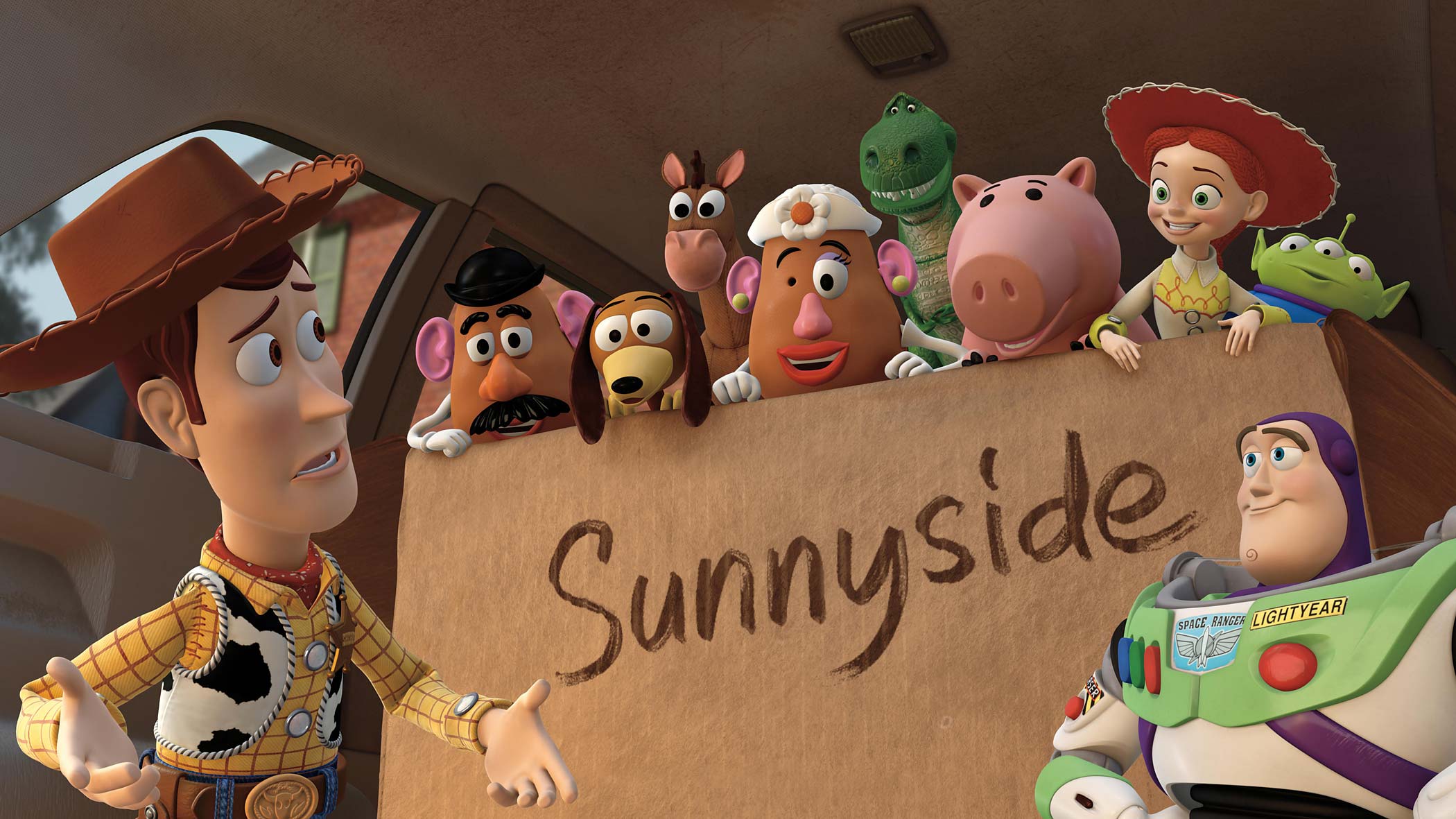
Toy Story 3 (2010)
Has any movie leveraged the emotional attachment of its audience to the franchise more effectively than Toy Story 3? Toy Story and Toy Story 2 were great, thoughtful movies about growing up. But they didn’t reduce their fans to puddles of tears. Fifteen years after the original film debuted, Andy is headed to college—just like all the boys and girls in the audience who grew up with Woody and Buzz. The movie grapples with aging and loss and—minor spoiler alert—manages to convince its audience, if only for a second, that a Disney kids’ franchise might actually kill off beloved characters. Talk about a guilt trip for any kid who abandoned their own toys in an attic before heading off to school.
The Dark Knight (2008)
The Dark Knight isn’t just the best Batman film. It’s the best superhero movie ever made, thanks in no small part to Heath Ledger’s performance as the Joker. A villain can make or break a superhero movie, and Ledger’s Oscar-winning turn as the anarchic clown easily bests the ho-hum villain Scarecrow and the inscrutable Bane, not to mention Loki, Thanos and Lex Luthor. And while Dark Knight is gritty—a categorization that has doomed many a DC superhero film since—director Christopher Nolan effectively sets up an appropriate backdrop for the Joker’s terror. Gotham feels legitimately grimy and chaotic, a perfect setting for a laughing lunatic.
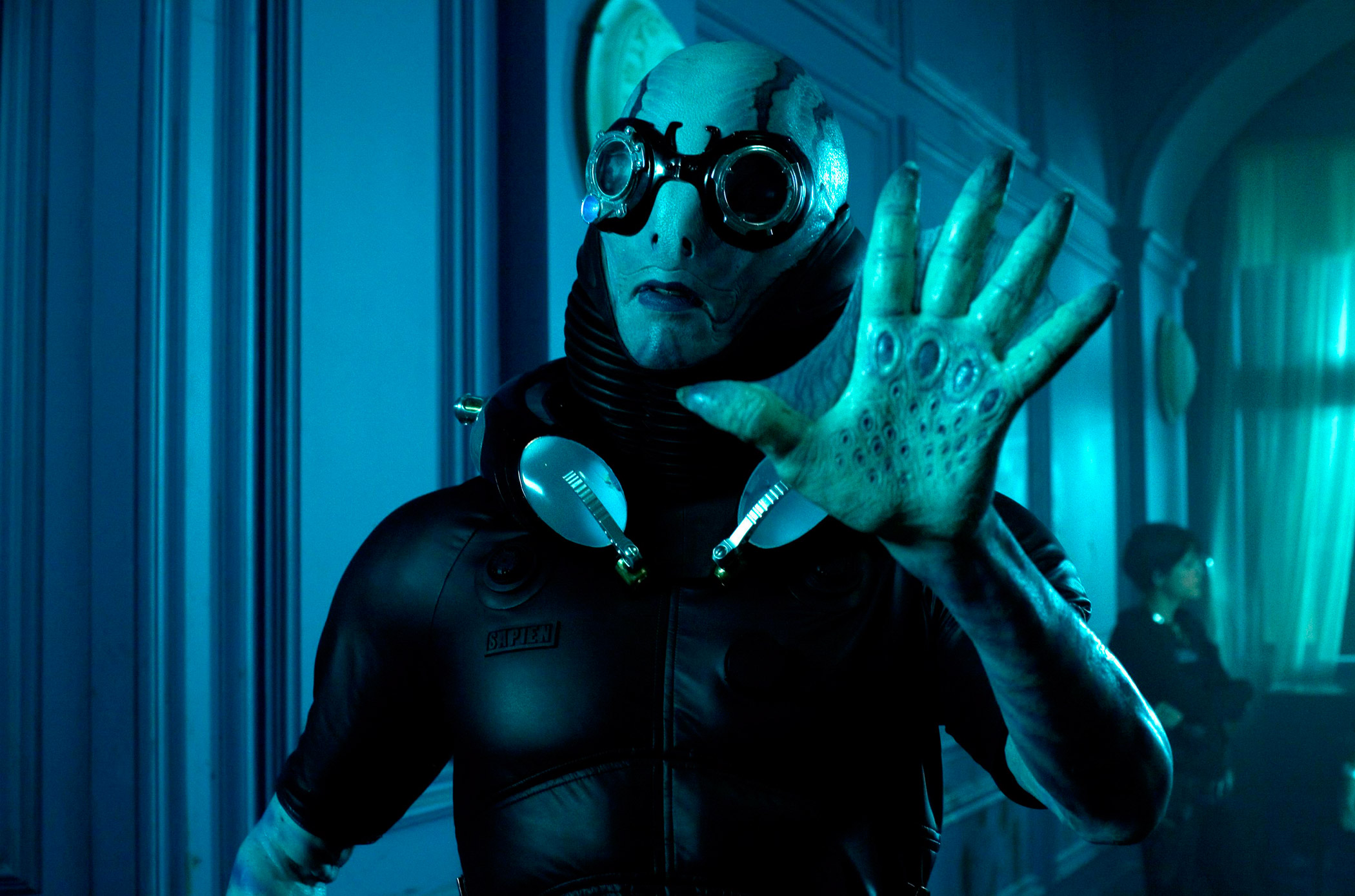
Hellboy II: The Golden Army (2008)
Riding on the success of the first Hellboy comic book adaptation, writer-director Guillermo del Toro let loose all the monsters he’d been dreaming up for years in Hellboy II. There’s a character with a city’s skyline sitting atop his head and a vicious plant-monster that would scare even Little Shop of Horrors’ Audrey II. Hellboy II is more a spiritual sequel to Pan’s Labyrinth (or maybe a spiritual prequel to Shape of Water) than it is a traditional superhero movie. But its inventiveness and insistence that fantasy is a conduit for exploring human emotion make it a worthy entry on del Toro’s impressive resumé.
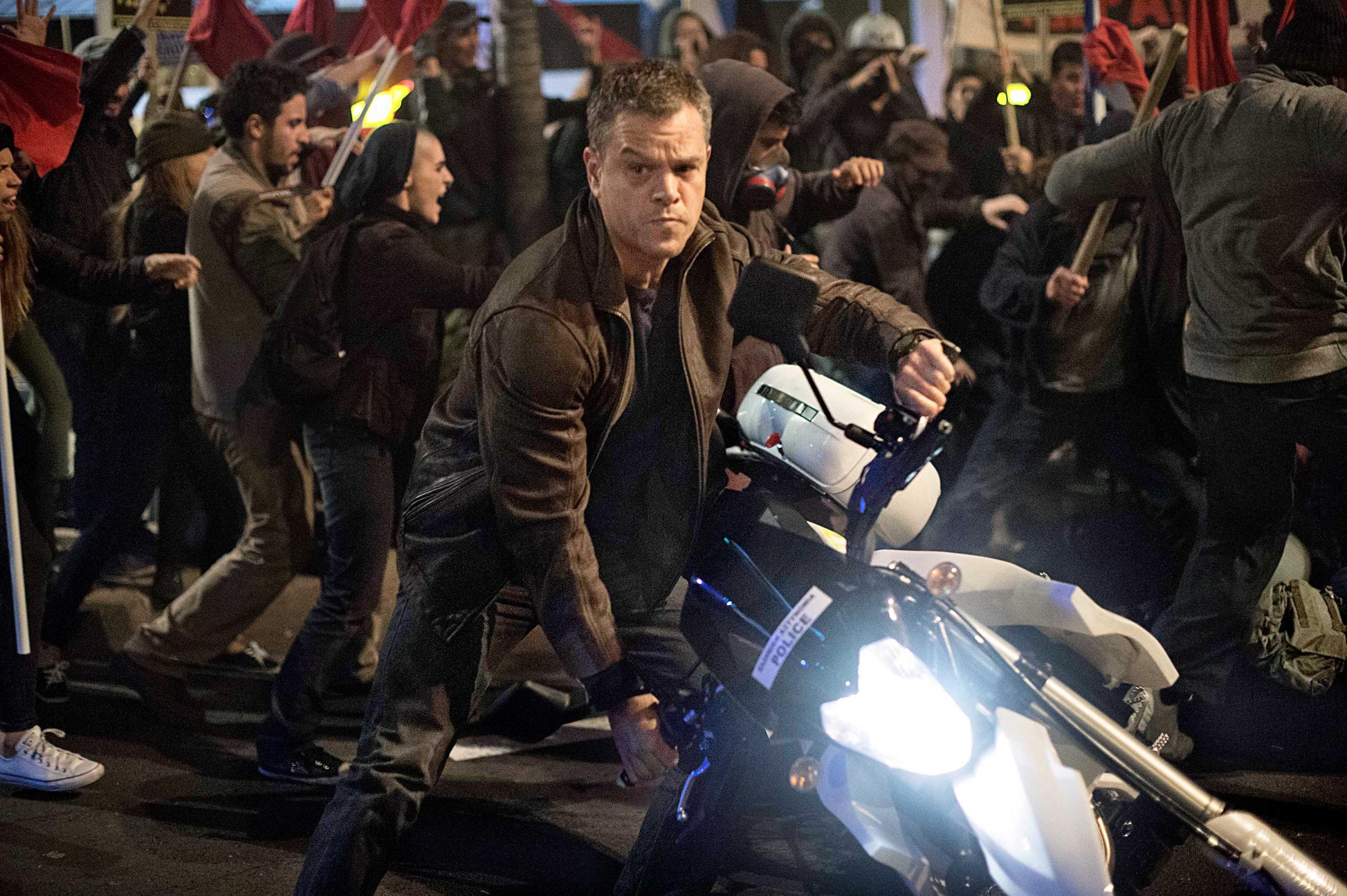
The Bourne Ultimatum (2007)
Say what you will about the Bourne series’ shaky cameras. How could they possibly stay still in the face of so much action? Every Bourne movie is designed to get your heart pounding. Paul Greengrass, in his second outing in the Bourne series (he also directed The Bourne Supremacy), churns out a breathtaking two-hour chase scene. As Richard Corliss wrote at the time for TIME, the Bourne series is like a machine, and “in this third and possibly final episode…the series has come close to attaining a kinetic perfection.”
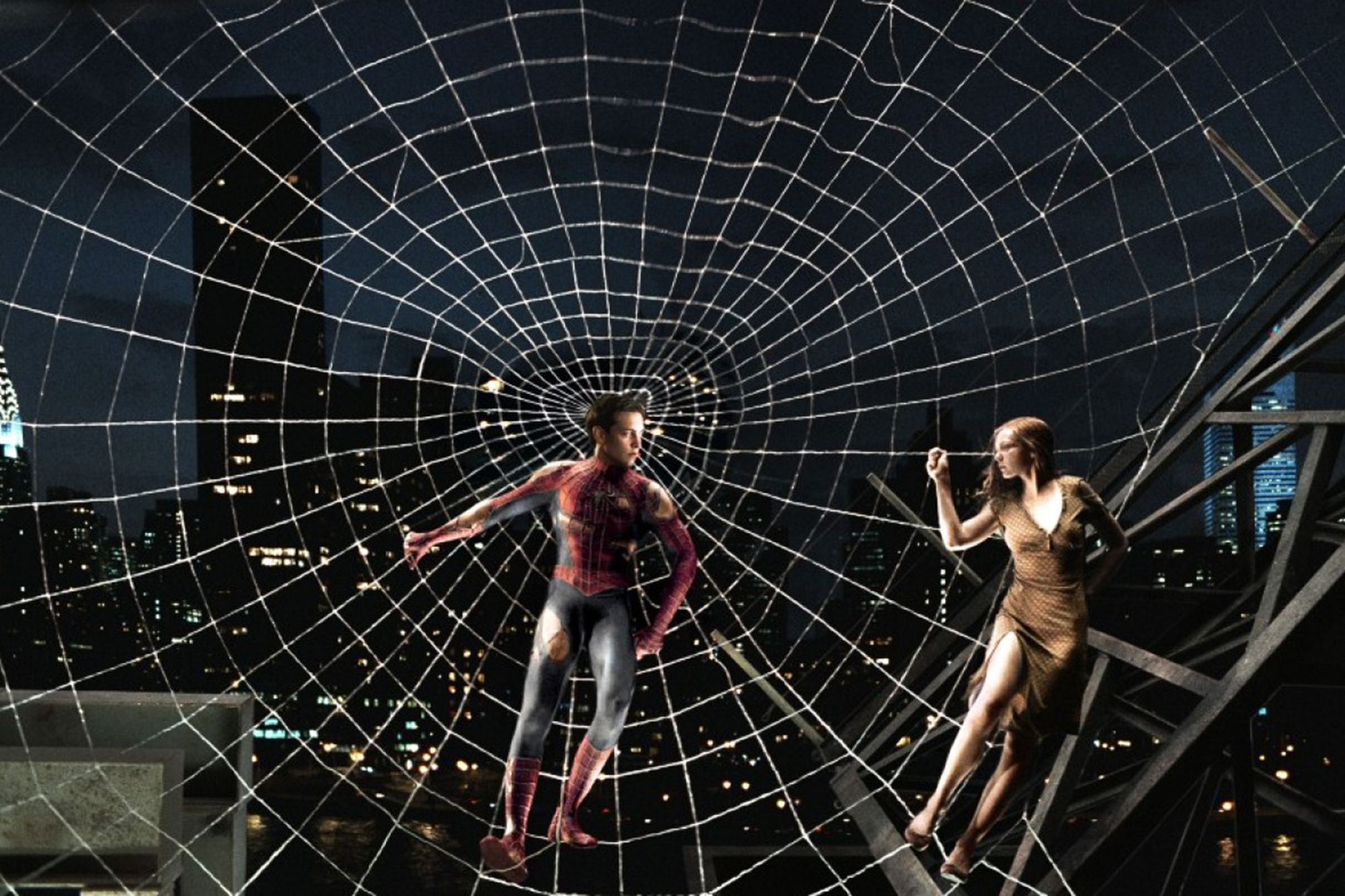
Spider-Man 2 (2004)
The first Spider-Man movie starring Tobey Maguire and Kirsten Dunst remains one of best superhero origin stories to hit the big screen: Peter Parker’s emotional arc from vengeful high schooler to more mature adult as he battles the Goblin will resonate with anyone grappling with adulthood. But Sam Raimi’s second Spider-Man movie amped up the emotional stakes and struck the perfect balance between teen angst and impressive special effects. With the origin story out of the way, the sequel posed a more profound question: What if Spider-Man doesn’t want his powers or the great responsibility that comes with them?
Harry Potter and the Prisoner of Azkaban (2004)
Christopher Columbus’ Harry Potter movies, Sorcerer’s Stone and Chamber of Secrets, were solid adaptations of J.K. Rowling’s first two children’s books about the beloved wizard. But in both the book and film series, Prisoner of Azkaban represents a tectonic shift in tone and ambition. Alfonso Cuaron took over the franchise from Christopher Columbus to spin a darker tale for adults. Cuaron repeatedly returns to imagery of ticking clocks and the Whomping Willow growing and shedding its leaves to hint at the use of the Time Turner in the climax of the story. He also took more liberties with Rowling’s story than Columbus ever did: That scene where Snape steps in front of Harry, Hermione and Ron to protect them from a werewolf is a pure movie invention and conveys in one shot a complicated emotional relationship that Rowling unraveled in seven books.
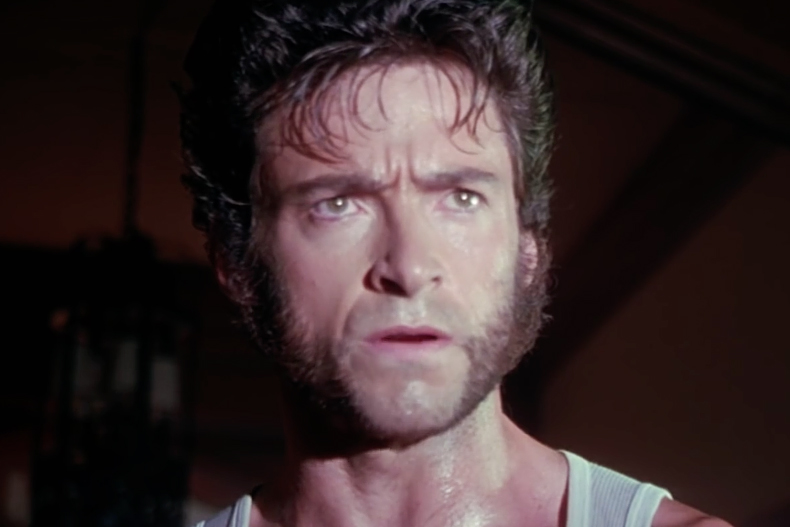
X2: X-Men United (2003)
The X-Men universe has a large cast of characters, and the first movie in the franchise set up their complex relationships and even more complex motivations. Fans complained that the first outing didn’t have quite enough action sequences and left too many plot threads dangling. Director Bryan Singer came out swinging in this sequel that’s better than the original. The movie begins with a new character, Alan Cumming’s blue-hued Nightcrawler, leaping, disappearing and reappearing in a wondrous attempt to assassinate the president. (It later turns out the Nightcrawler was brainwashed.) The scene sets the pace for the movie and presages the conflict: how the mutants must band together to fight xenophobia—instead of each other.
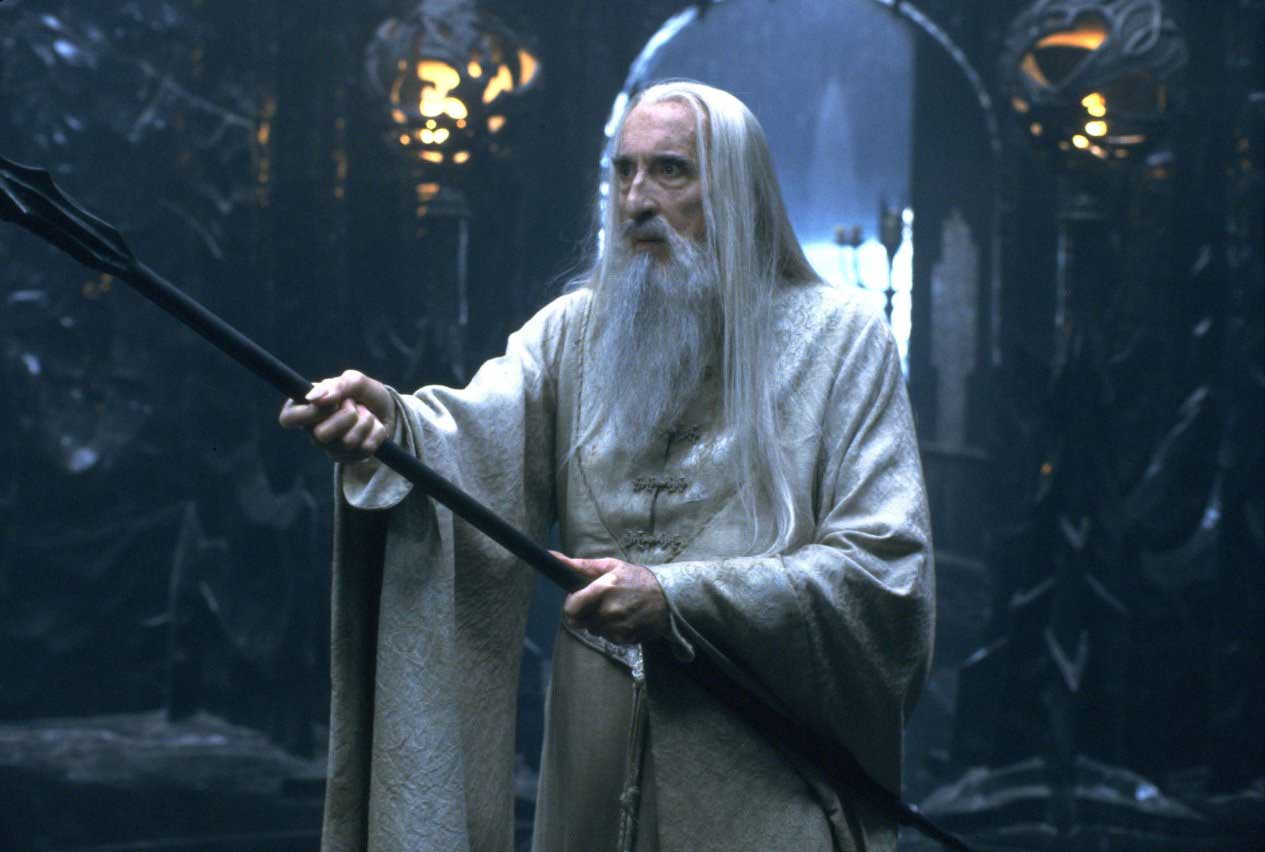
Lord of the Rings: The Two Towers (2002)
The Two Towers broadens the scope of writer J.R.R. Tolkein’s world. There are more battles, yes, but there is more emotional depth too. At that Battle of Helm’s Deep, director Peter Jackson wisely pulls away from the awe-inspiring mayhem to show the terror of those hiding inside the city walls, silently awaiting their fate. Between action scenes, he takes time to linger on a father’s grief over his son’s death, a talking tree’s unlikely friendship with two hobbits and Andy Serkis’ impressively empathetic motion-capture performance as Gollum. The much-maligned character might have been painted as a pathetic monster in the hands of a less filmmaker, but Jackson gives Gollum the space to shine in The Two Towers, and he ends up becoming the beating heart of the trilogy.
Terminator 2: Judgement Day (1991)
The first Terminator was a good, even groundbreaking film—both in terms of its original storytelling and the special effects. But Terminator 2 stands out as one of the best action movies of all time, with director James Cameron improving every aspect of this franchise in his second outing. Brilliantly, he turned Arnold Schwarzenegger’s Terminator into the good guy, protecting Sarah Conner and her son John from an even more terrifying android. The once-cowering Sarah Connor evolves into a full-blown badass in the sequel. He set a new high bar with the special effects. But it’s really the relationship among the three good guys, and the family that they form, that gives the movie the sort of heart its predecessors—and its sequels—don’t have.
Silence of the Lambs (1991)
Technically a sequel to 1986’s Manhunter, Jonathan Demme’s Silence of the Lambs feels like a completely new film. Anthony Hopkins replaces Brian Cox as Hannibal Lecter and develops the sort of eerie repartee with Jodie Foster’s Clarice that hadn’t been seen before—or arguably since. Though he’s only in the film for a few scenes, Hopkins made a terrifying enough impression to earn an Oscar for the performance. In fact, the movie swept the big categories that year: Foster won Best Actress, Demme Best Director and the movie Best Picture. Even as the Lecter stories have proliferated, Silence of the Lambs remains the high watermark for the series and the genre as a whole.
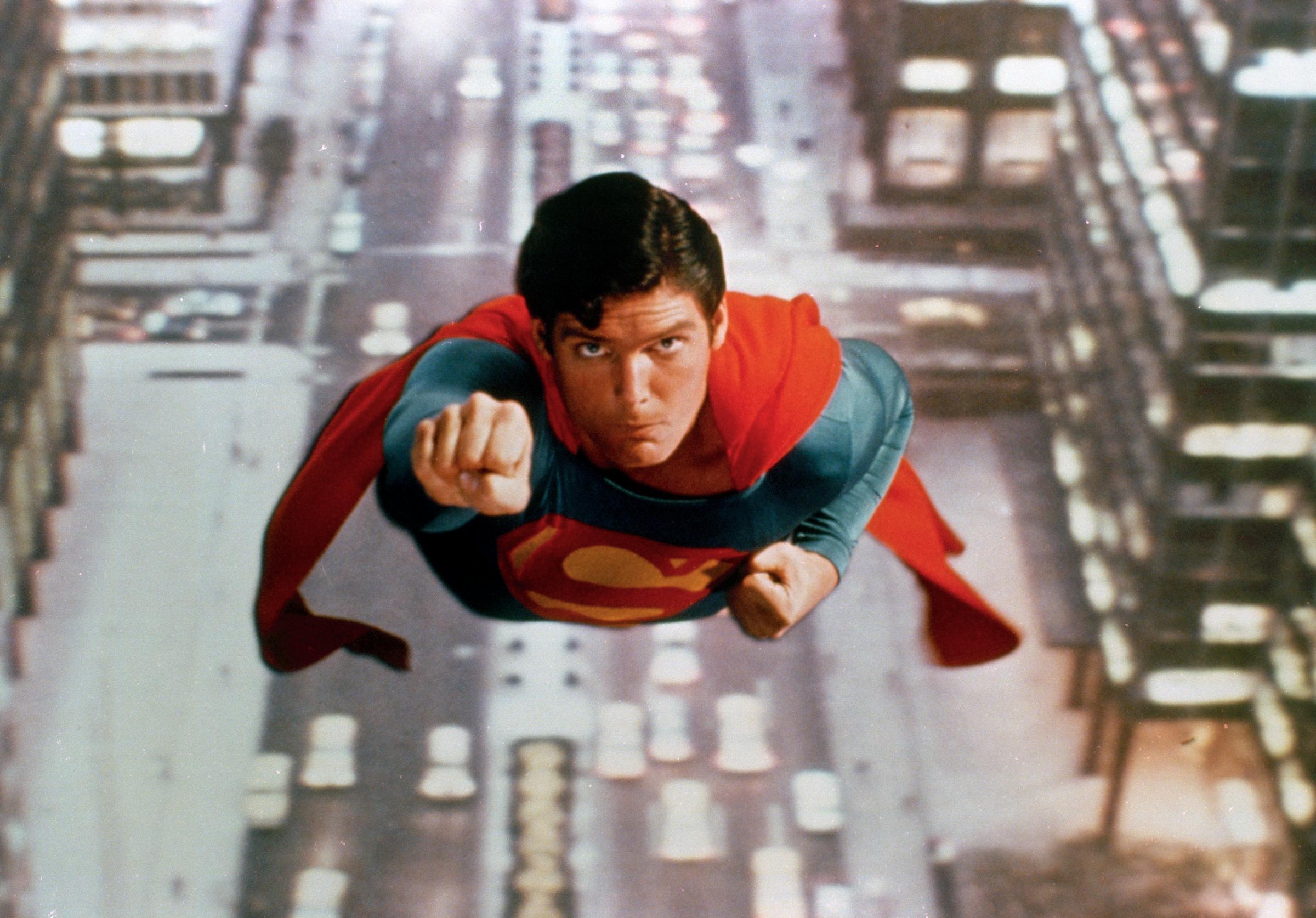
Superman II (1989)
Director Richard Lester, taking over from Richard Donner, smartly pushes Christopher Reeves to separate the personalities of Superman and Clark Kent in Superman II. Because, let’s be real, Clark’s “disguise” has always been rather ridiculous. But when the glasses are paired with a meek, aww-shucks attitude, his alibis suddenly seem more believable. Lester plays that dichotomy for satire: At one point Louis Lane jumps into Niagara Falls in hopes that Clark will throw on a red cape to save her, thus revealing his true identity. He doesn’t—or at least not that she can see. That sort of humor honors the Superman comics in a way no other Superman movie has.

National Lampoon’s Christmas Vacation (1989)
It’s rare that a comedy sequel can top its original, especially when that original film is a road-trip comedy written by John Hughes. The laughs can feel derivative. But National Lampoon’s Christmas Vacation, the third movie in the series and the second written by Hughes, remains the most re-watchable, if only because of its dose of holiday schmaltz and its omnipresence on basic cable every December. The Christmas dinner scene is arguably the funniest in the franchise.
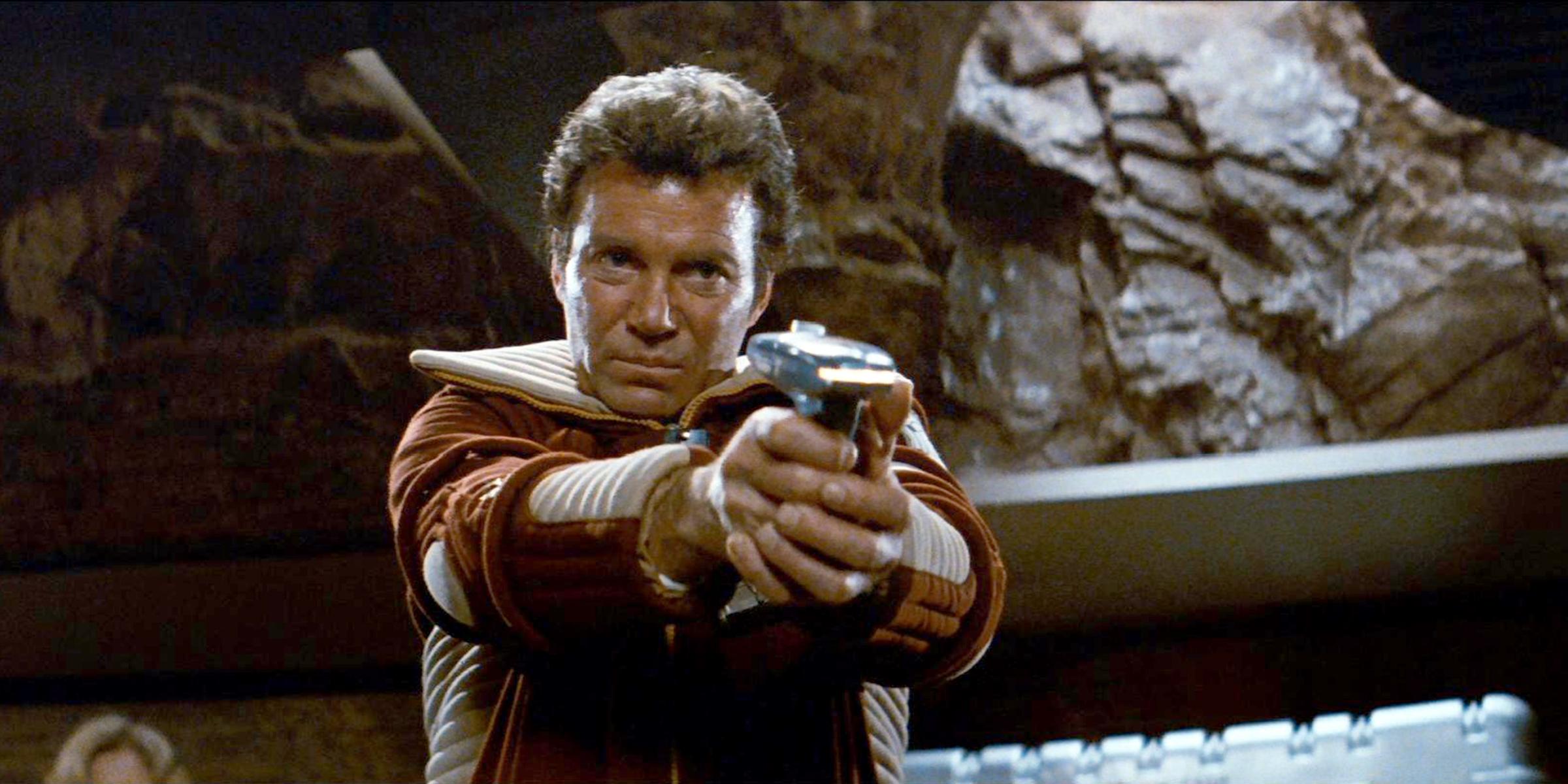
Star Trek II: Wrath of Khan (1982)
The first Star Trek movie was more concerned with special effects than building characters. The filmmakers course-corrected with Wrath of Khan, which not only renewed its focus on our heroes but also on a great villain played by Ricardo Montalbán. And since the Star Trek saga had become rather formulaic by that point, it’s the villain that helps the film stand out. He’s full of resentment and surprisingly sympathetic, even as he tortures our aging heroes—already tortured by the trials of middle age. Star Trek II wins the “most improved” award on this list.
Star Wars Episode V: The Empire Strikes Back (1980)
The Empire Strikes Back has the best twist in cinematic history. That alone earns it a spot on any list of the best sequels ever made. It’s not just that our hero loses a hand—though that’s just one of several huge blows to our heroes in this dark film. That Darth Vader-Luke Skywalker scene introduces the familial anxiety that will hum throughout the rest of the rest of the Star Wars saga. Empire, in short, is the best Star Wars film because it builds the franchise from a campy sci-fi flick into a full-blown space opera. Plus, fan favorites Yoda and Lando Calrissian make their debut.
Dawn of the Dead (1979)
Dawn of the Dead is not just a great horror movie, in fact, it’s even better than its 1968 cult classic predecessor Night of the Living Dead. The film’s smart social commentary raised the bar for horror films to follow. The survivors of the apocalypse, trapped in a shopping mall, turn out to be just as mindless and perverted as the zombie horde chasing them down. As Roger Ebert once wrote of the movie, “How can I defend this depraved trash? I do not defend it. I praise it.”

The Godfather Part II (1974)
Perhaps the most famous sequel of them all. The Godfather (1972) was Francis Ford Coppola’s Oscar-winning masterpiece. Somehow, he managed to top himself and win even more Oscars with The Godfather Part II. In fact, the movie was the first sequel to win Best Picture at the Academy Awards. Thank Robert De Niro. Al Pacino delivered stunning performances in both films, but the addition of another legendary actor in flashbacks helped elevate the mob movie. Those flashbacks give context to the Corleone family and delve deeply into the psychology of power-hungry men and the country of opportunity that created them.
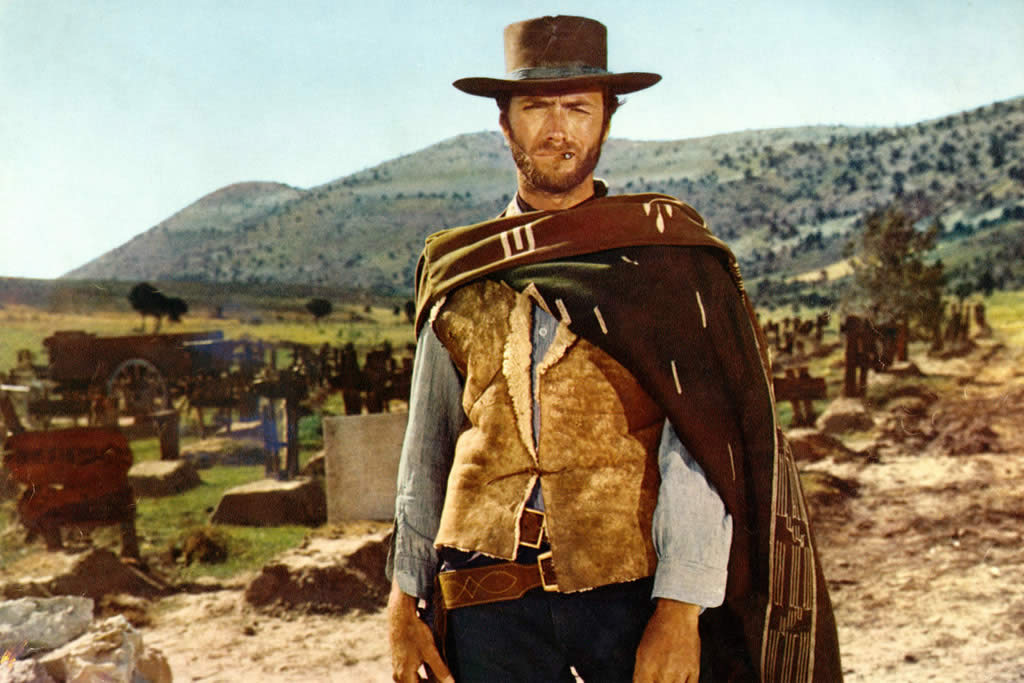
The Good, the Bad, and the Ugly (1966)
Famed spaghetti western The Good, the Bad, and the Ugly is actually the third film in Sergio Leone’s masterful “Man With No Name” trilogy, all starring Clint Eastwood. Leone had almost no money to film the movie and so cast a then-Hollywood castoff (Eastwood) and filmed several silent scenes because it was faster than shooting scenes with dialogue. All the better for the film: Those silences are filled with Ennio Morricone’s masterful score that imbued the movie with an epic intensity. All those tense moments built up to the most famous standoff scene in cinematic history.
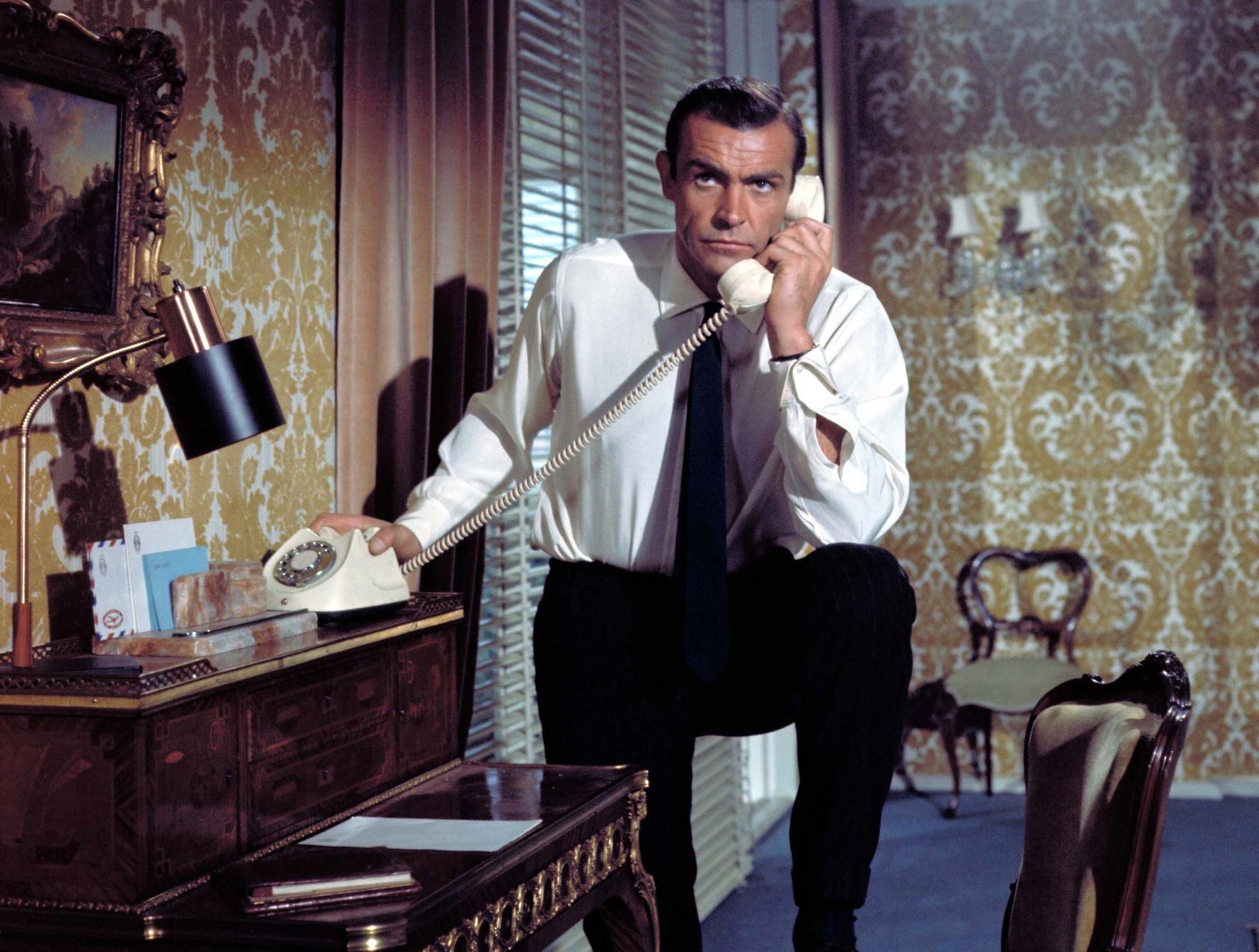
From Russia With Love (1964)
Debate all you want about the best movie in the Bond franchise. But the second entry in the series, From Russia With Love, is arguably the best Bond film. And it undeniably elevated 007 after his first onscreen appearances in 1963’s Dr. No. Bond’s antics can seem silly on the screen, but Sean Connery (still the best Bond) executes 007’s duties with a knowing wink. Still, when the moment arises, Connery’s Bond can believably punch a man out cold: The claustrophobic fight scene between Bond and Robert Shaw’s would-be SPECTRE assassin on a speeding train remains iconic.
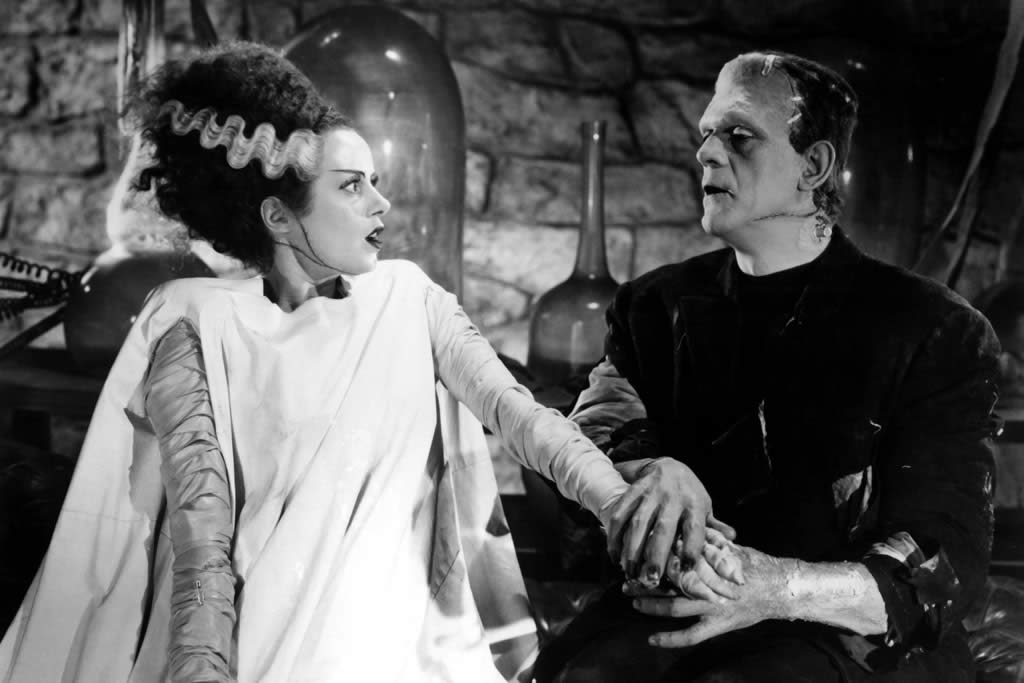
Bride of Frankenstein (1935)
Bride of Frankenstein perfects the campiness that the original film, Frankenstein, desperately needed. This Frankenstein is not scary—just a mild-mannered monster in need of a friend. He gets one in his mate, who sports one of the most iconic hairdos in Hollywood’s history. Still considered a high watermark in the monster movie franchise, the movie slyly snuck a queer subplot, feminist plot points and meditations on necrophilia past the ratings board.
More Must-Reads From TIME
- The 100 Most Influential People of 2024
- The Revolution of Yulia Navalnaya
- 6 Compliments That Land Every Time
- What's the Deal With the Bitcoin Halving?
- If You're Dating Right Now , You're Brave: Column
- The AI That Could Heal a Divided Internet
- Fallout Is a Brilliant Model for the Future of Video Game Adaptations
- Want Weekly Recs on What to Watch, Read, and More? Sign Up for Worth Your Time
Write to Eliana Dockterman at eliana.dockterman@time.com